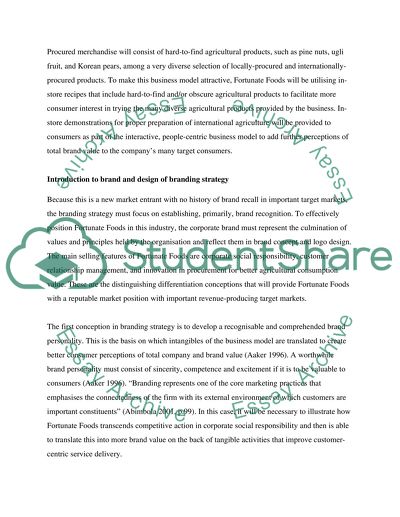Cite this document
(“Brand management: fortunate foods Essay Example | Topics and Well Written Essays - 2750 words”, n.d.)
Brand management: fortunate foods Essay Example | Topics and Well Written Essays - 2750 words. Retrieved from https://studentshare.org/marketing/1402608-brand-management
Brand management: fortunate foods Essay Example | Topics and Well Written Essays - 2750 words. Retrieved from https://studentshare.org/marketing/1402608-brand-management
(Brand Management: Fortunate Foods Essay Example | Topics and Well Written Essays - 2750 Words)
Brand Management: Fortunate Foods Essay Example | Topics and Well Written Essays - 2750 Words. https://studentshare.org/marketing/1402608-brand-management.
Brand Management: Fortunate Foods Essay Example | Topics and Well Written Essays - 2750 Words. https://studentshare.org/marketing/1402608-brand-management.
“Brand Management: Fortunate Foods Essay Example | Topics and Well Written Essays - 2750 Words”, n.d. https://studentshare.org/marketing/1402608-brand-management.


